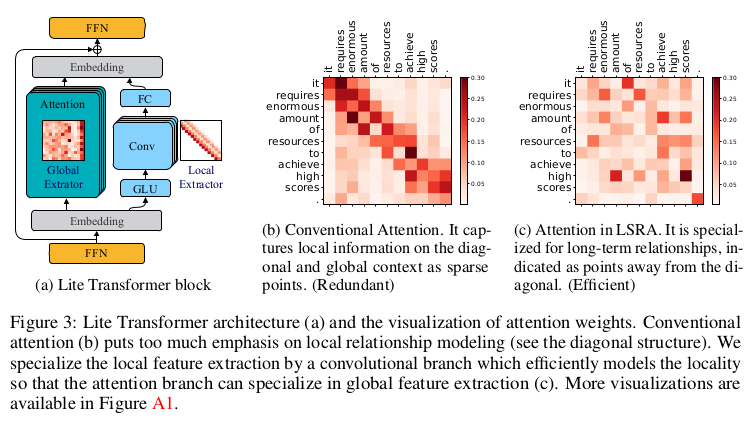


- TRANSFORMER SKLEARN TEXT EXTRACTOR CODE
- TRANSFORMER SKLEARN TEXT EXTRACTOR SERIES
- TRANSFORMER SKLEARN TEXT EXTRACTOR FREE
Often we will want to combine these steps to evaluate some future dataset. Print( 'Average CVScore: '.format(an(), scores.std()))ĬV scores:

from sklearn.linear_model import LogisticRegressionįrom sklearn.cross_validation import cross_val_score We want to classify how evergreen a story is based on these inputs. We use X, a matrix of all common n-grams in the dataset, as an input to our classifier. # Use `transform` to generate the sample X word matrix - one column per feature (word or n-grams) # Use `fit` to learn the vocabulary of the titles Let's use the vectorizer to fit all the titles and build a feature matrix. Matrix(])Ĭheck: What is the meaning of the various parameters used at initialization of the Vectorizer? Ngram_range=(1, 2), preprocessor=None, stop_words='english', Vectorizer.fit()ĬountVectorizer(analyzer=u'word', binary=True, decode_error=u'strict',ĭtype=, encoding=u'utf-8', input=u'content', Vectorizer = CountVectorizer(max_features = 1000, This is what a CountVectorizer does.įrom sklearn.feature_extraction.text import CountVectorizer How can we feed this to a model? The simplest way is to build a dictionary of words and use those as features.
TRANSFORMER SKLEARN TEXT EXTRACTOR FREE
import pandas as pdĭata = pd.read_csv( "assets/datasets/stumbleupon.tsv", sep= '\t')ĭata = ( lambda x: json.loads(x).get( 'title', ''))ĭata = ( lambda x: json.loads(x).get( 'body', ''))Ġ IBM Sees Holographic Calls Air Breathing Batte.ġ The Fully Electronic Futuristic Starting Gun T.Ģ Fruits that Fight the Flu fruits that fight th.Įach datapoint is a string of free form text. Binary evergreen labels (either evergreen (1) or non-evergreen (0)) were provided. Data comes from the Evergreen Stumbleupon Kaggle Competition, where participants where challenged to build a classifier to categorize webpages as evergreen or non-evergreen. To show how a pipeline works, we'll use an example involving Natural Language Processing. Because you will need to perform all of the exact same transformations on your evaluation data, encoding the exact steps is important for reproducibility and consistency. These tie together all the steps that you may need to prepare your dataset and make your predictions. Pipelines improve coding and model management in scikit-learn. Pipelines provide a higher level of abstraction than the individual building blocks of a data science process and are a great way to organize analyses. the output of a stage is plugged into the input of the next stage and data flows through the pipeline from beginning to end just as water flows through a pipeline.Įach processing stage has an input, where data comes in, and an output, where processed data comes out.Ĭheck: Ask the students to give some examples of data transformations. Each stage of a pipeline feeds from the previous stage, i.e.
TRANSFORMER SKLEARN TEXT EXTRACTOR SERIES
The term pipeline is used to indicate a series of concatenated data transformations. Many organizations rely on data engineering teams to encode common tasks into pipelines. Make Pipeline and the preprocessing moduleĭata pipelines are a series of automated data transformations that ensure the validity of your work for routine data maintenance tasks. Provide students with additional resources.
TRANSFORMER SKLEARN TEXT EXTRACTOR CODE


 0 kommentar(er)
0 kommentar(er)
